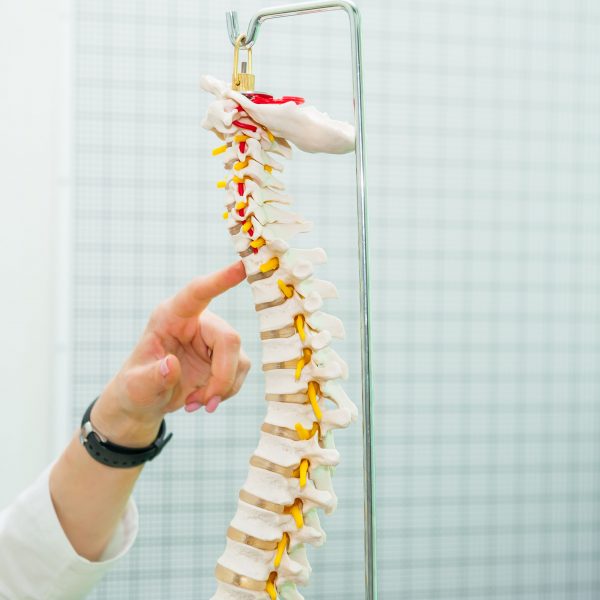If you’re an athlete, you know that injuries are a part of the game. But what are the most common sports injuries, and how can you treat them? Here’s a rundown of the most common injuries and tips on getting back in the game.
Sprains and strains
When dealing with a physical injury related to muscles or ligaments, it is essential to differentiate between a sprain and a strain. A sprain happens when a ligament is stretched or torn from repetitive or excessive force, resulting in pain, swelling, and instability. On the other hand, a strain is caused by an overstretched or tear of muscle tissue. Symptoms are similar but are more localized and may also include muscle spasms.
Understanding the type of injury can help determine the best course of action for care. Generally speaking, sprains should be treated with rest, elevation, ice/heat application, compression wrap, and physical therapy if necessary. Strains may require more intensive treatment, such as stretching exercises and possibly medications to reduce inflammation.
Broken and missing teeth
Broken and missing teeth are unfortunately common in contact sports. In addition to the physical pain, there is also the potential for long-term damage if not treated properly. If you experience a broken or missing tooth, you must see a dentist immediately.
A dentist can provide emergency dental care and options such as teeth replacements for more severe cases. A dentist can also offer advice on preventing further damage and protecting your teeth while participating in contact sports.

Achilles tendonitis
Achilles tendonitis, or Achilles tendinopathy, is a painful condition caused by inflammation of the Achilles tendon that connects the calf muscles to the heel bone.
Common symptoms include swelling of the heel area, stiffness and soreness when walking, difficulty pointing the feet downward, and pain in the back of your legs when running. Fortunately, you can manage this condition with simple lifestyle changes such as avoiding activities that strain your calves and wearing supportive shoes with good arch support.
If pain persists after trying these methods, then other treatment options may include physical therapy to strengthen calf muscles, resting and applying cold compresses to reduce swelling, wearing orthotics to relieve Achilles tendon pressure, using non-steroidal anti-inflammatory drugs (NSAIDs) for relief of pain and inflammation, or shockwave therapy to break down scar tissue in the injured area.
Shin splints
Shin splints are a common and painful occurrence for athletes, but with some knowledge about the causes and prevention techniques, you can keep the soreness at bay. Shin splints typically affect runners who increase their workouts too rapidly and without a proper warmup and those with flat feet or faulty gait mechanics. To prevent shin splints from occurring, it’s essential to ramp up running duration and intensity over time gradually; keep a training log to monitor your progress.
Additionally, incorporate regular stretching into your workout routine to maintain strong leg muscles, which help absorb shock during movement. Wearing supportive shoes and investing in quality insoles may also improve stride mechanics while offering supplemental cushioning to reduce the impact on the shins.
Knee injuries
Knee injuries are, unfortunately, a common occurrence for athletes. The most frequently seen type of knee injury happens when the ligament connecting the thigh bone to the shin bone, known as the anterior cruciate ligament (ACL), is stretched beyond its normal range of movement and may even tear completely.
Athletes must be aware of other knee injuries, including patellar tendonitis, meniscus cartilage tears, or even kneecap dislocation. Although these injuries can be painful and lead to missed practice or game time, they are treatable.
Shoulder impingement syndrome
Shoulder impingement syndrome is a condition that causes pain and discomfort in the shoulder due to overuse injuries. Although it can be painful and inconvenient, there are some treatments that you can consider to improve your quality of life and relieve pain.
Rest is an important part of any treatment plan as it allows the shoulder muscles to recover. Gentle stretches may also provide relief if done correctly; however, they should not cause any further pain or discomfort.
Medication may be necessary to reduce inflammation and manage symptoms such as swelling, tenderness, and stiffness. Physical therapy can also help address weak muscles around the shoulder with exercises focused on strengthening and stabilizing muscle groups.
Surgery is usually considered a last resort since it requires lengthy recovery time that includes taking medications for pain management, limiting exercise, wearing a sling for up to 6 weeks, and undergoing physical therapy for several months.
Sports injuries are a common occurrence, but that doesn’t mean they have to sideline you for long. With the proper diagnosis and treatment, most sports injuries can be healed relatively quickly. By following these tips, you can get back in the game as soon as possible.






